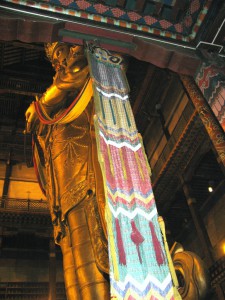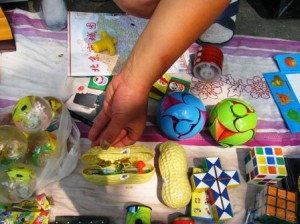Back at the day job, we are often asked by journalists and others how many different types, or varieties, of this or that crop there are in a country, or indeed the world. And, with help from our friendly crop experts, we have tried to provide answers. But it is as well to remind ourselves sometimes how slippery the question is. Because, to paraphrase Bill Clinton, it really does depend on what your definitions of “different” and “variety” are. For example, take rice in a particular part of Thailand, as the authors of a recent paper in GRACE did. 1
They looked at 20 accessions of a single landrace, defined as a “geographically and ecologically distinctive population, identifiable by unique morphologies and well-established local name.” That is, these 20 samples, though collected from different farmers and even villages, all basically looked the same, and were recognized as belonging to the same type by farmers, who gave them all the same name — Muey Nawng.
But the authors found significant, non-random, patterned variation within the material, not only in microsatellite markers, which wouldn’t perhaps be so bad, but also in endosperm starch type, days to heading and, interestingly, gall midge resistance. So how many varieties were there among the 20 samples of Muey Nawng? Answers on a postcard, please.
 The
The 